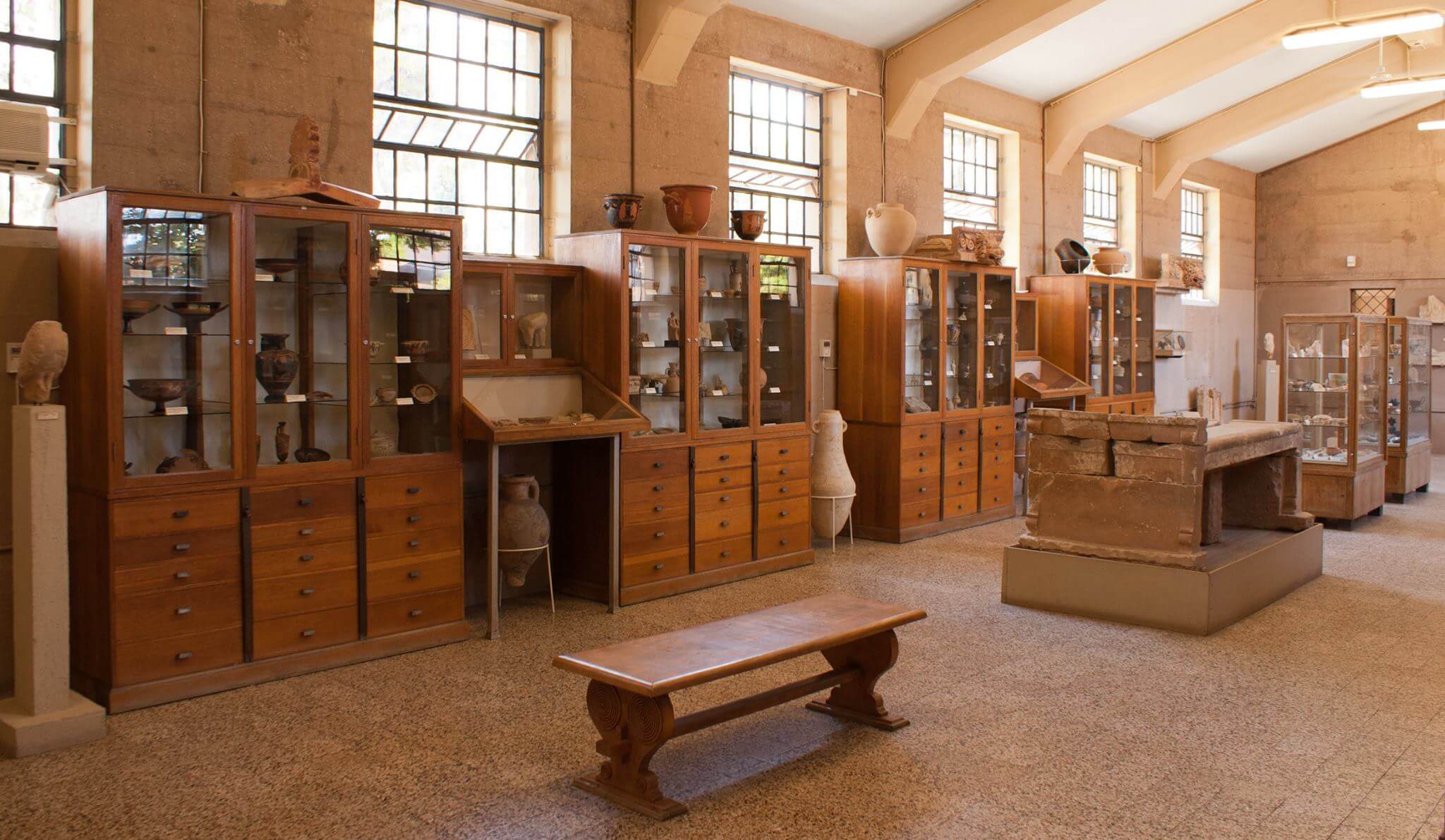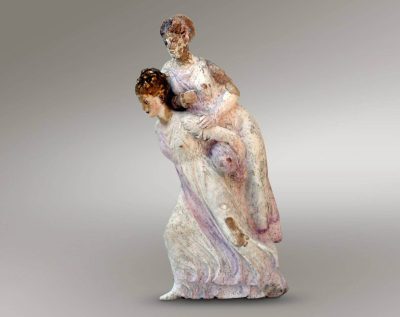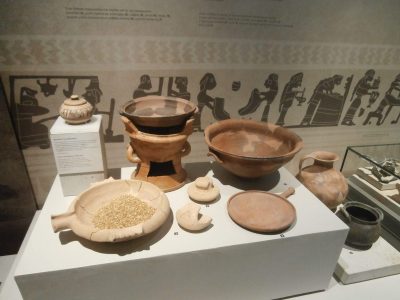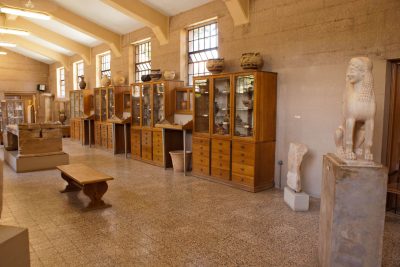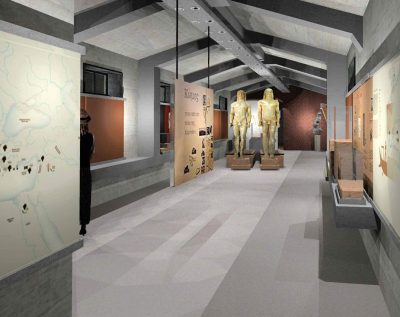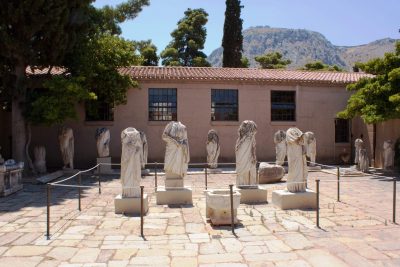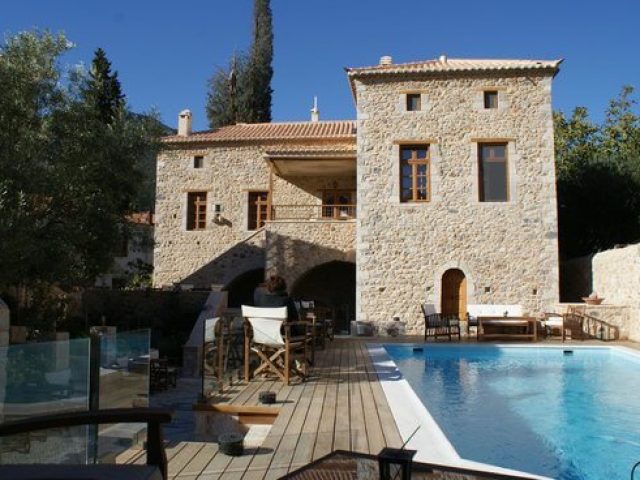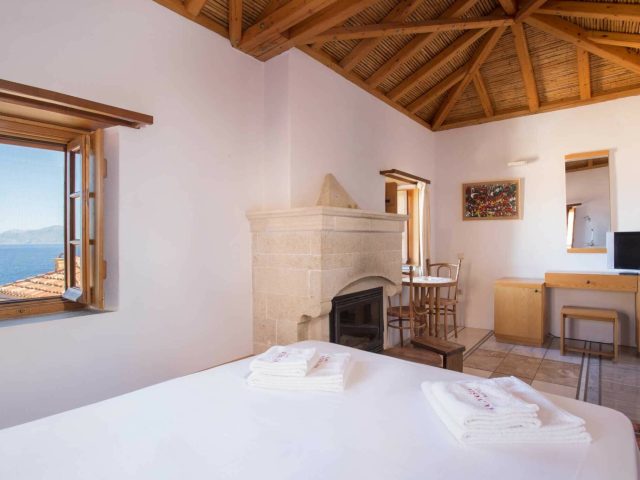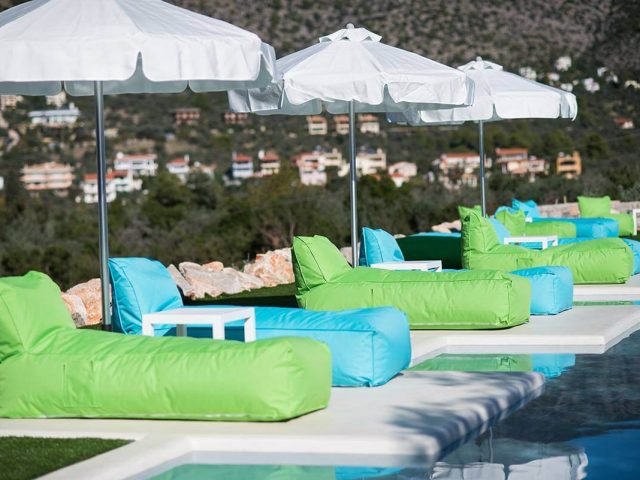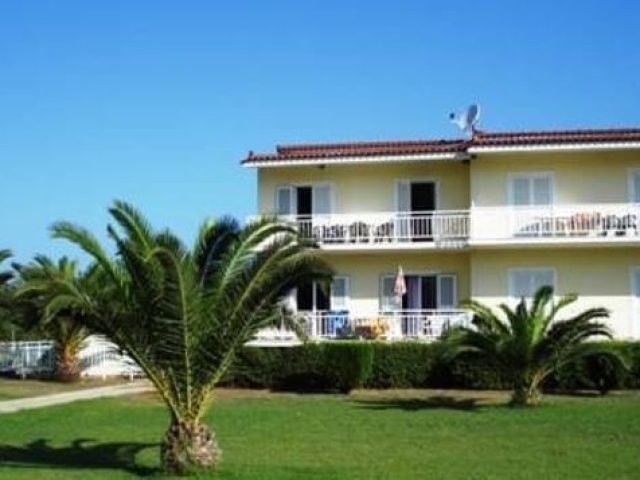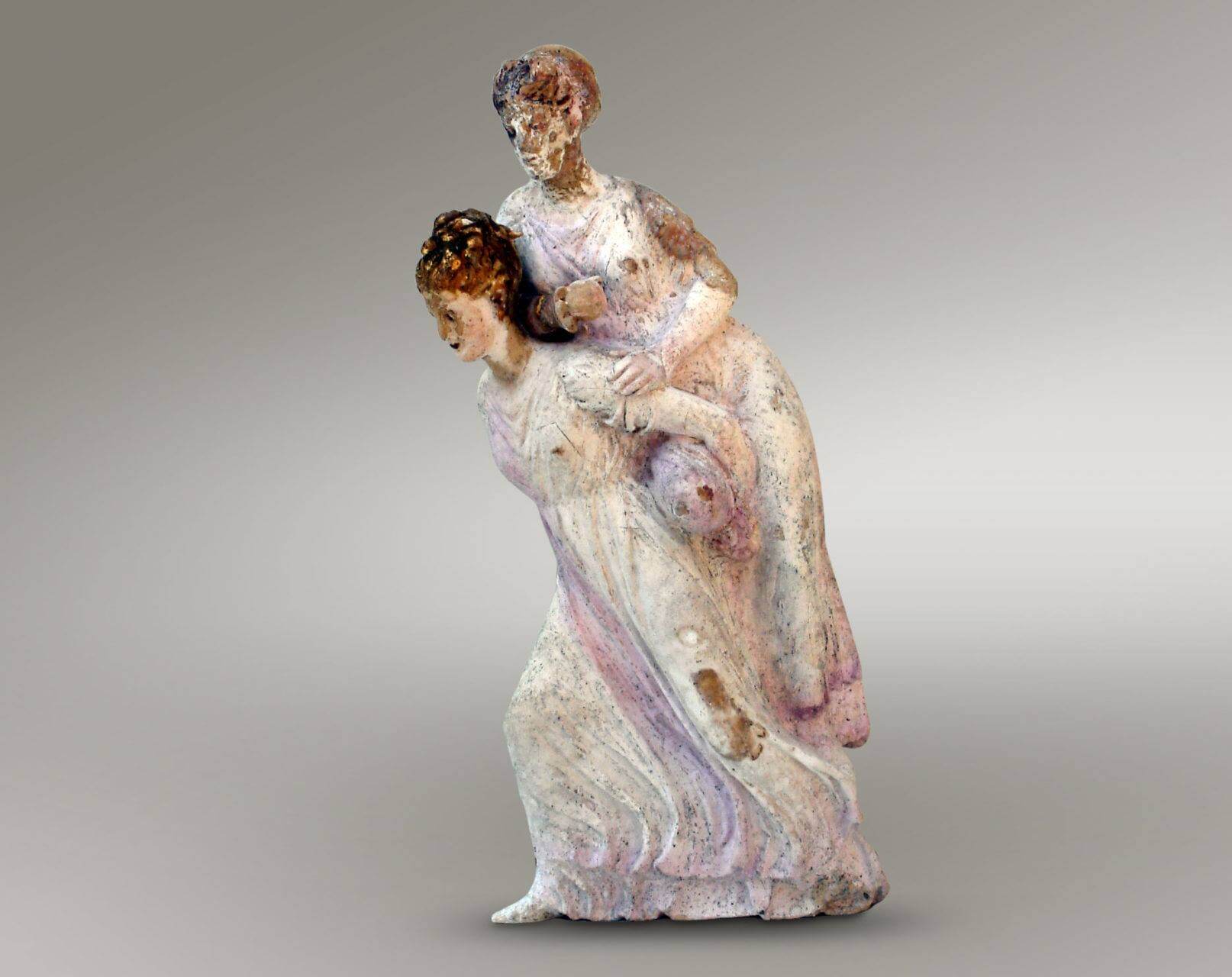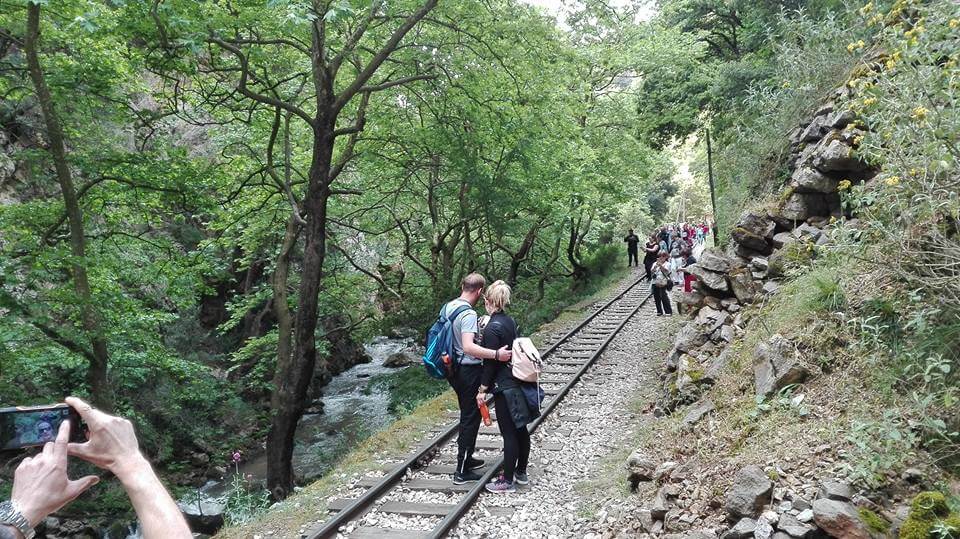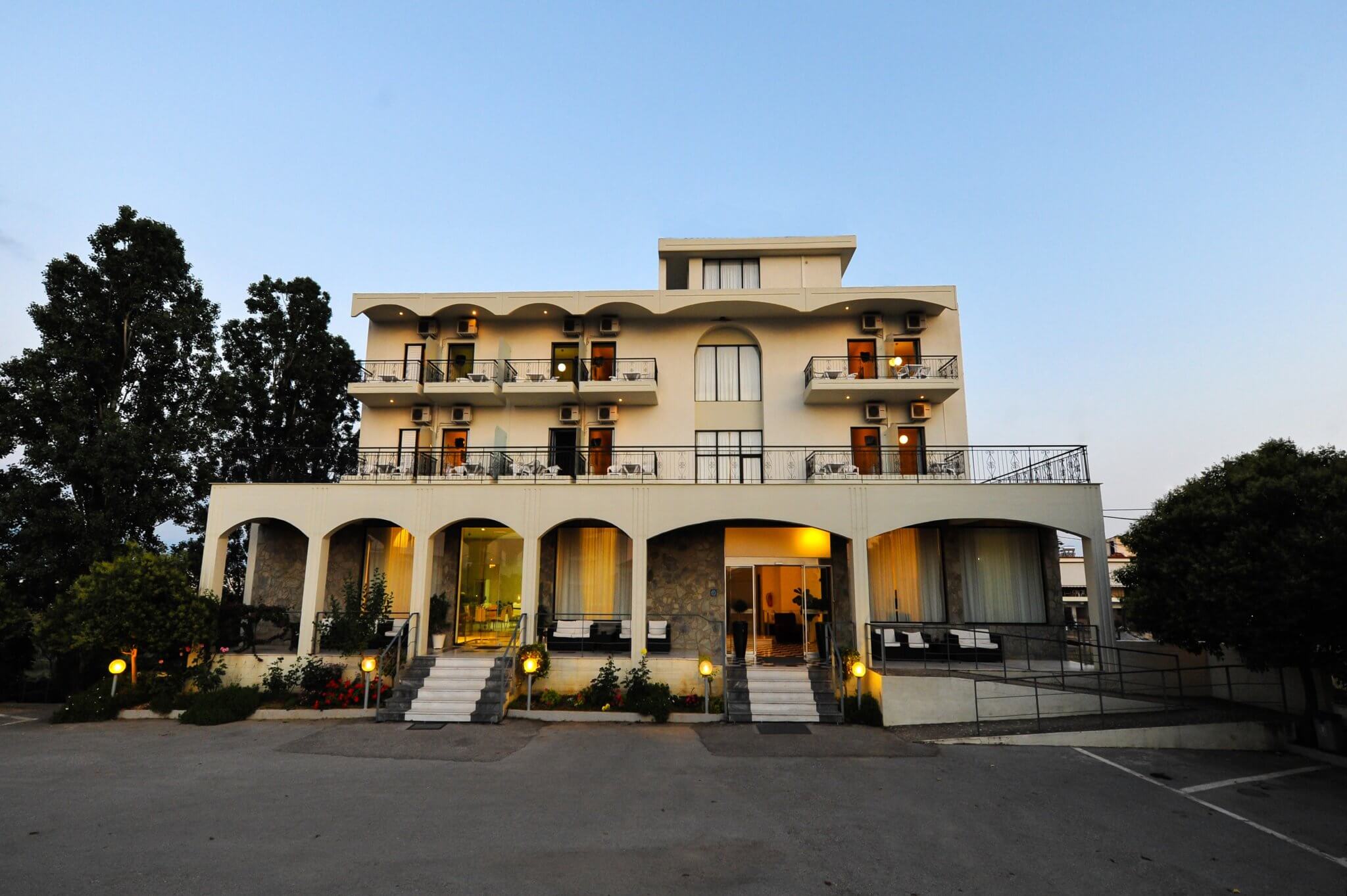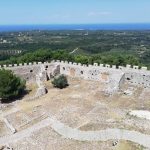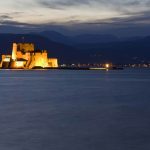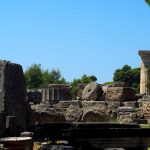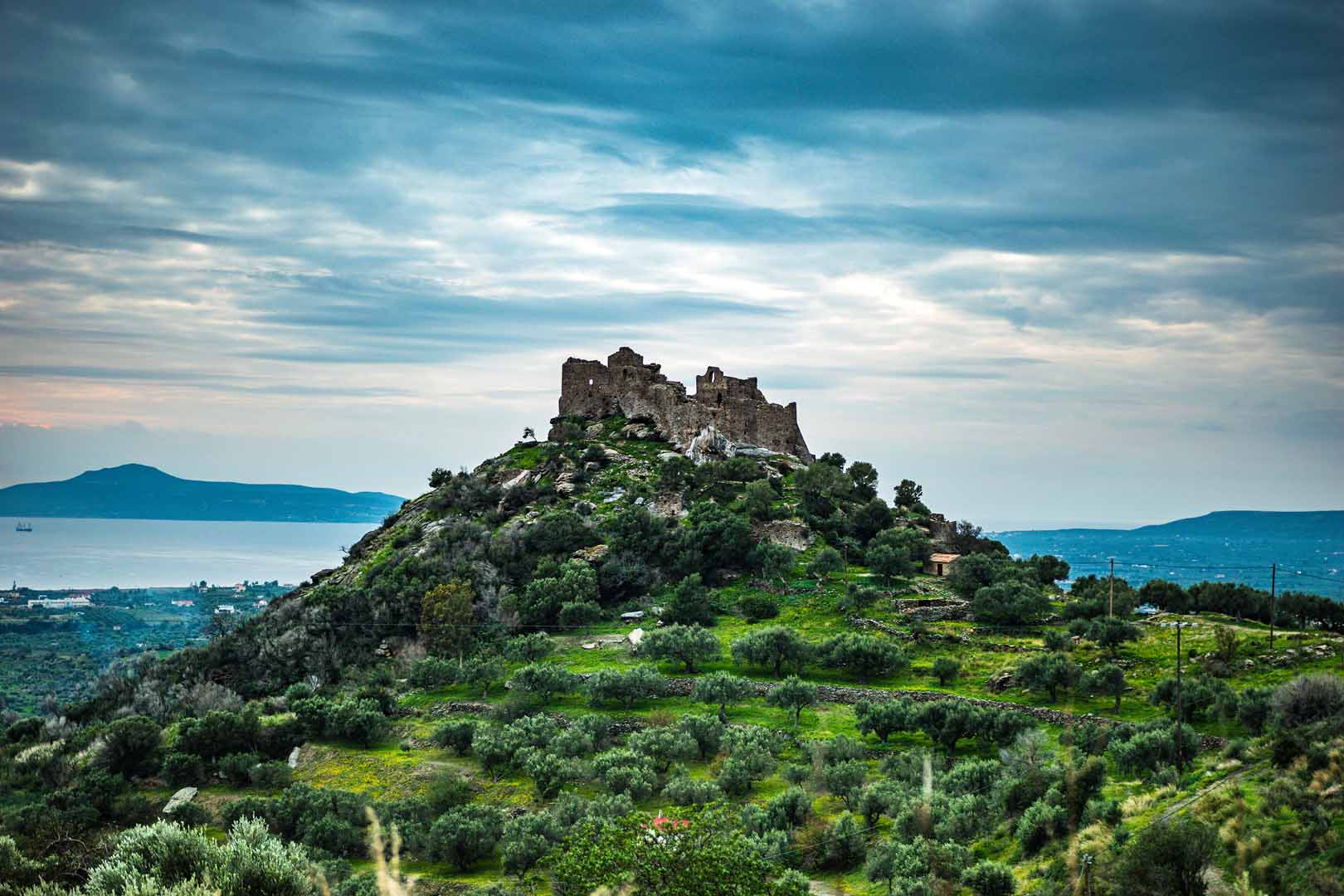The Museum of Ancient Corinth was built in 1932 to house the numerous objects brought to light by the archaeological excavations. Its construction was undertaken by the American School of Classical Studies, thanks to a donation of Ada Small Moore.
The building was designed by Stuart Thompson, following the architectural model of the “Chicago school”. The west wing was added later, in 1951. Museum spaces were organized around two atriums, which give a unique character to the building.
During 2007-2008, works were undertaken in order to upgrade the Museum, through funds of the 3rd CSF. The two galleries containing the prehistoric collections and the finds from the Sanctuary of Asklepios were renovated at this time.
In 2015, large-scale works were completed in the east and south wing. These areas now host a new exhibition on ancient Corinth, from the Geometric Period until its destruction by the Romans, in 146 B.C. This project was funded by the 2007-2013 NSRF.
The archaeological site of Ancient Corinth lays on the northern foothills of the Acrocorinth hill, around the Archaic Temple of Apollo. Extended excavations and have brought to light the Roman Forum, temples, fountains, porticoes, baths, latrines and various other monuments.
The investigations extended also to the fortress on Acrocorinth, to the south of the organized Archaeological Site, as well as to the north, were prehistoric settlements such as that on the Korakou hill, at HagiosGerasimos, Gonia and Gyriza were brought to light.
To the south of the organized Archaeological Site excavations revealed the Theatre, the Roman Odeion, the temple of Asclepius and Hygieia (Asclepieion), cemeteries, the Potter’s Quarter (Kerameikos), Roman Baths, the walls of the city and many more other building, such as the Frankish Area and a substantial number of Venetian and Ottoman monuments.

